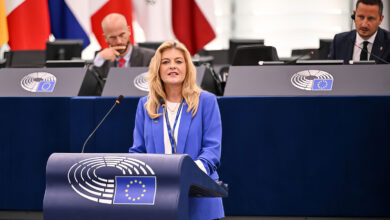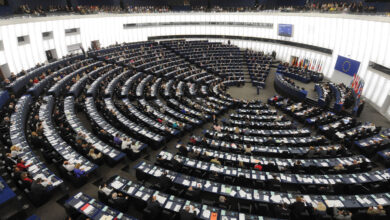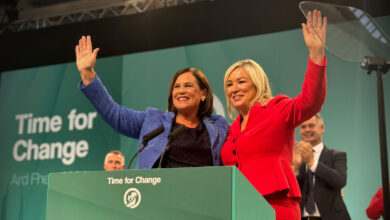Integrating electricity markets
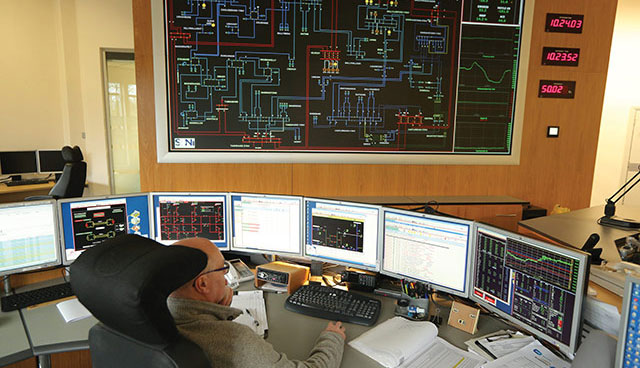
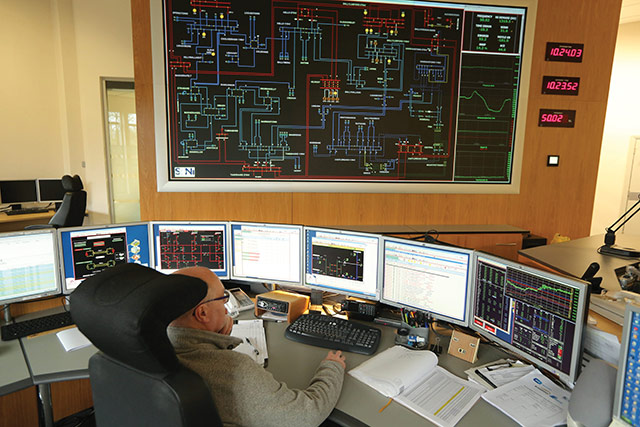
With the reform of the Single Electricity Market into the European target model well under way, eolas looks at the progress to date and what elements still need completed.
The Single Electricity Market (SEM) is the wholesale electricity market on the island of Ireland, and is jointly regulated by the Commission for Energy Regulation (CER) in Dublin and the Utility Regulator (UReg) in Belfast. The market which was the first cross-border market in Europe is overseen by the SEM Committee (SEMC). The SEM came into operation on 1 November 2007 and has been successful in delivering a competitive wholesale electricity price across the island and facilitating investment in new generating capacity.
The Third Energy Package adopted by the European commission in September 2009, has led to the move towards integrating electricity markets across Europe. The initial phase of this move towards a fully liberalised internal market for electricity will see the formation of a number of regional markets across Europe, including the integration of the UK, Irish and French electricity markets. This integration has required the introduction of a ‘target model’ for the design of electricity markets across Europe. The new wholesale market for Ireland is known as the Integrated Single Electricity Market (I-SEM). The target date for the new market to be up and running is quarter 4, 2017. The high level design for I-SEM was published in September 2014 and the detailed design of the market started in late 2014 and is now nearing completion.
There have been a series of detailed design decisions already made, with just a few decisions remaining. These include the capacity remuneration mechanism (CRM) auction design and the forwards and liquidity measures for I-SEM.
Implementation
Having completed most of the high-level policy decisions the I-SEM project has moved into the implementation phase over the past six months. The transmission system operators (TSOs) together with the market participants are currently preparing for the operation of the new market arrangements. The regulatory authorities on both sides of the border are overseeing the overall design I-SEM project and its implementation, with other players taking on various roles.
The TSOs, EirGrid and SONI, together with SEMO (who operate the SEM) are developing the detailed market and operational rules for the new market. They are also developing the market systems and processes that will actually make the market work day-to-day. The operational details of the new market are being worked through a series of working groups chaired by both regulatory authorities. With active involvement of market participants. The market design will be finished in October of this year. In parallel, there is ongoing work on the market rules and agreed procedures – the real detailed workings of the market.
There will be two major consultations towards the end of this year, one on the trading and settlement code which are the rules around the balancing market and the components around the day ahead and intraday markets. The second consultation, which will be carried out in parallel, will be on the capacity market code, which are the detailed rules for the operation of a capacity market. Final decisions for both these consultations will be in early 2017.
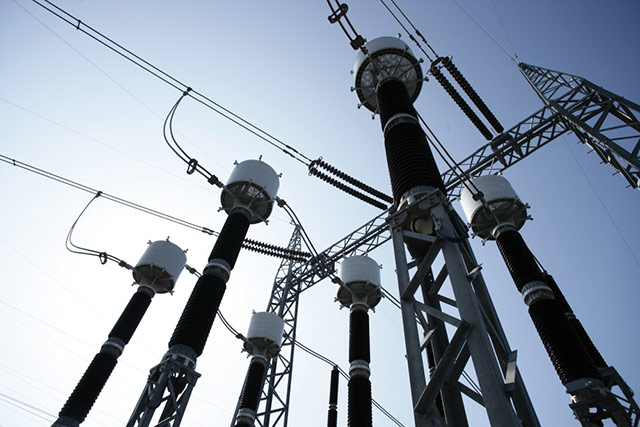
In parallel there will also be a series of licensing changes. The first round of these changes dealt with the system operator licenses that have now been issued. Later this year there will be another round of licensing changes for generators and suppliers and will also include updates to the system operator license.
At the same time as the market design work, the TSOs are working to get the systems in place that will support the day-to-day market operation. This includes: system design and build, system testing, readiness reporting and market trial.
The SEM Committee overseas all aspects of the project, with three areas of work ongoing. The first is the detailed market rules and systems that the working groups are looking at the trading arrangements and are now starting to look at the detailed capacity market rules. This stream includes the code consultation exercises that are run by the regulatory authorities and rely on the technical expertise of the TSOs to work up the rules and documentation of the codes. The second stream is the licence obligations that fall under the authority of the regulatory authorities. The third piece is the overall regulatory framework for the overall I-SEM. This includes overall market oversight, reporting structures on market operation and outcomes and also audits of any auctions.
There are still 13 remaining decisions to be made in the coming months and these are:
- Energy Trading Arrangements
- Balancing Market Principles Statement consultation (2016)
- I-SEM trading and settlement code (TSC) consultation (late 2016)
- TSC parameters consultation (early 2017)
- Capacity Remuneration Mechanism
- Decision on CRM auction design (July 2016)
- Consultation on CRM auction rules (Oct 2016)
- Decision on prequalification requirements (late 2016)
- Auction parameters (July 2016)
- Forwards and Liquidity
- Decision on within zone liquidity promotion measures (Sept 2016)
- Approval of Moyle and East West interconnector access rules (2017)
- Implementation decisions on any liquidity promotion measures (2017)
The I-SEM project is progressing towards its completion with a ‘go-live’ date in late 2017. Most of the policy decisions have now been taken and the project is now focusing on the parameter values that are going into things such as the auctions and the price cap. As with the implementation of the Single Electricity Market in 2007 I-SEM has been a tremendous effort from all the players in the electricity sector.
The only cloud on the horizon, and a big cloud at that, is Brexit. The uncertainty in the wake of the UK referendum will probably delay the I-SEM project. In the longer-term with the UK leaving the EU the market ethos championed by the UK might become diluted with a move away from market mechanisms in energy policy.

